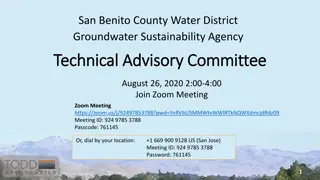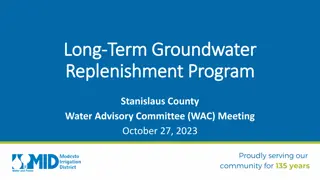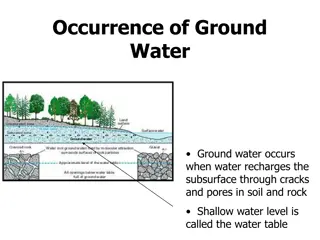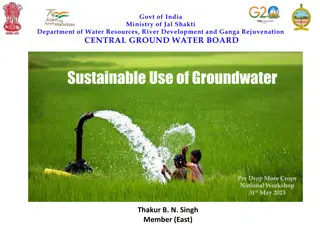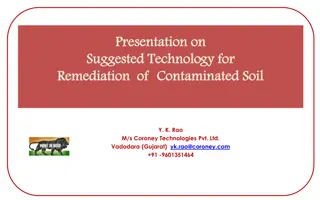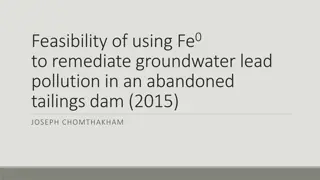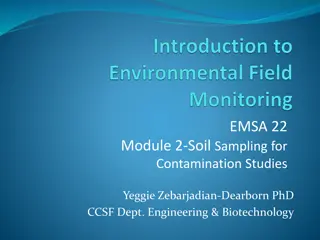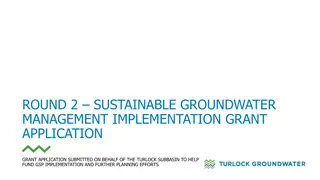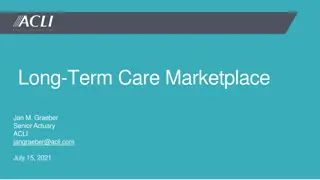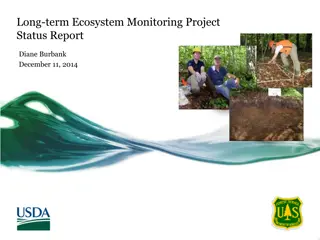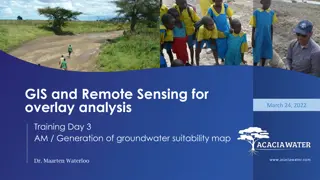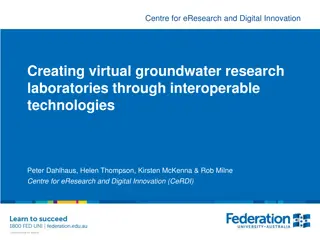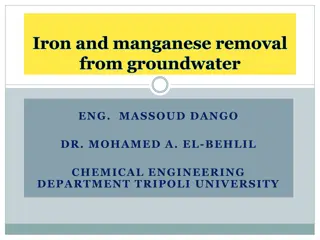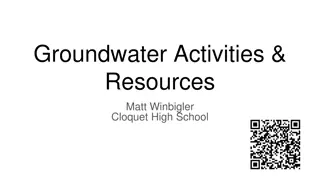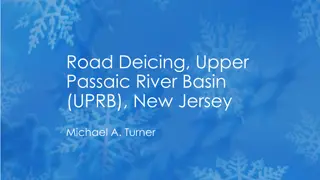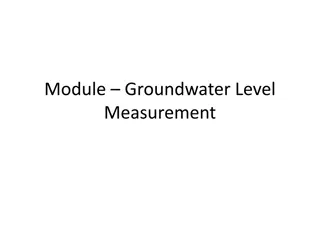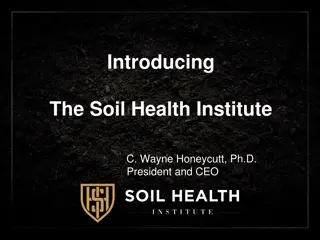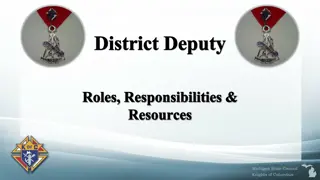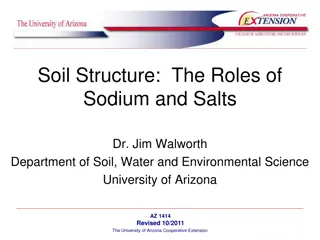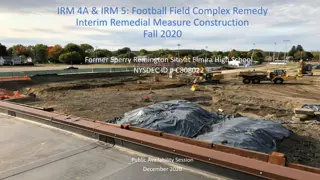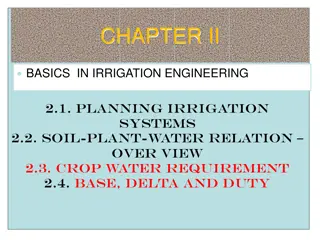Long-Term Management of Contaminated Soil and Groundwater in Iwilei District, Honolulu
The Iwilei District in Honolulu, Hawaii, spans 315 acres with multiple landowners and responsible parties. It features commercial and industrial use, including bulk fuel terminals, former MGP site, active/inactive petroleum pipelines, and Dole Cannery. The area has been impacted by petroleum-contaminated soil, soil gas, groundwater, and debris-contaminated soil. Remediation efforts have involved historical records review, site investigation, environmental hazard evaluation, advanced evaluation of concerns, remedial alternatives analysis, and long-term management planning. The conceptual site model outlines potential environmental hazards like ecotoxicity, direct exposure, vapor intrusion, and stream leaching affecting terrestrial and aquatic habitats. Various contaminants like petroleum and lead pose risks to indoor air quality, human health, and drinking water. The management approach focuses on implementing selected remedies to address these environmental challenges.
Download Presentation

Please find below an Image/Link to download the presentation.
The content on the website is provided AS IS for your information and personal use only. It may not be sold, licensed, or shared on other websites without obtaining consent from the author. Download presentation by click this link. If you encounter any issues during the download, it is possible that the publisher has removed the file from their server.
E N D
Presentation Transcript
Long-Term Management of Contaminated Soil and Groundwater Iwilei District, Honolulu April 16, 2015
References: HIDOH 2015 Programmatic EHE/EHMP Document, Iwilei District, Honolulu, Hawaii, Hawaii Department of Health Office of Hazard Evaluation and Emergency Response, March 2015 HIDOH, 2011, Evaluation of Environmental Hazards at Sites with Contaminated Soil and Groundwater (Summer 2008, updated March 2009): Hawai i Department of Health, Office of Hazard Evaluation and Emergency Response, www.hawaii.gov/health/environmental/hazard/eal2005.html. HIDOH, 2009, Technical Guidance Manual: Hawai i Department of Health, Office of Hazard Evaluation and Emergency Response, http://www.hawaiidoh.org/
The Iwilei District 315 Acres Multiple land owners and responsible parties Commercial / Industrial use Bulk Fuel Terminals Former MGP Site Active/Inactive Petroleum Pipelines Dole Cannery Petroleum Contaminated Soil, Soil Gas and Groundwater Debris Contaminated Soil
The Remedial Process Historical Records Review Site Investigation/ Environmental Hazard Evaluation Advanced Evaluation of Identified Concerns Remedial Alternatives Analysis Response Action Memorandum Long term management- Environmental Hazard Management Plans Selected Remedy
Default Conceptual Site Model of Potential Environmental Hazards Prevailing Wind Direction Ecotoxicity Direct Exposure Vapor Intrusion Stream Soil Leaching Leaching Stream Discharge to aquatic habitats Free Product Gross Contamination Dissolved plume Groundwater Drinking Water
Iwilei Environmental Hazards -Petroleum- INDOOR AIR Gross Human Health Vapors Intrusion Contamination Terrestrial Habitats Direct Exposure SOIL SOIL GAS Leaching Aquatic Habitats Vapors Intrusion GROUNDWATER Human Health Drinking Water (toxicity) Gross Contamination
Iwilei Environmental Hazards -Lead, pesticides, etc.- INDOOR AIR Gross Human Health Vapors Intrusion Contamination Terrestrial Habitats Direct Exposure SOIL SOIL GAS Leaching Aquatic Habitats Vapors Intrusion GROUNDWATER Human Health Drinking Water (toxicity) Gross Contamination
EHE Report Site Background Summary of investigations Comparison of site data to action levels EHE: Identification of potential hazards Advanced evaluation of targeted hazards Conclusions & Recommendations Summarize findings Addition site investigation Advanced evaluation of targeted hazards Prepare remedial action plan Prepare EHMP
Environmental Hazard Management Plans (long-term management of residual contamination) Same information as in EHE Usually include as appendix in closure report Include to-scale maps of affected areas Summarize site restrictions & management needs soil & groundwater management caps, vapor barrier systems, etc. deed restrictions, etc. Consider EHMP in budget for future development & maintenance
Three types of EHMPs Pre-construction Site-specific Programmatic
EHMP Lowe s Site, Honolulu
Gross Contamination (combined) Primary Drivers: TPH aliphatics,
Vapor Intrusion Hazards (soil data) Primary Drivers: TPH aliphatics,
Vapor Intrusion Hazards (groundwater data) Primary Drivers: TPH aliphatics, Benzene (GASCO)
Discharge to Surface Water Hazards (groundwater data) Primary Drivers: TPH aliphatics,
Pre-Construction Remedial Action Reduce vapor intrusion & gross contamination concerns; Soil excavation and on-site treatment (thermal desorption) Manage remaining contamination in place under EHMP (on and off-site).
Lowes Vapor Mitigation System (subslab) Vapor Membrane Vapor System Piping Soil Vapor Control System Vapor Barrier
Lowes Vapor Mitigation System (subslab) Vent Conduits Smoke Testing Vent Risers Vent Risers
What is the Programmatic Iwilei EHMP for? 1. Document specific environmental hazards known to be spread throughout the area 2. Provides guidance for the management of contamination in common areas where investigative data is unavailable 3. Promotes regulatory consistency throughout the area with regard to petroleum contamination 4. Protects agencies and entities (e.g. HECO, Board of Water) doing intrusive work in the area
What the Programmatic EHMP Does NOT Do 1. Does not supercede existing EHMPs on remediated sites 2. Does not absolve an RP from characterization or cleanup of a Site 3. Does not exempt RPs from other applicable State laws and rules 4. Does not absolve RP from developing a Site-Specific EHMP in the future
Key Features 1. Specific direction on dealing with petroleum contamination in all types of media 2. Short forms to streamline reporting requirements to HDOH 3. Contingency plans for various scenarios contractors may face 4. Contains procedures commonly used at other Sites
Accessing the EHMP Download from the HEER office webpage: http://eha-web.doh.hawaii.gov/eha-cma/Org/HEER/ Request a copy: Jordan.Nakayama@doh.Hawaii.gov
Questions? Interested in a specific topic? Interested in presenting? Contact us with your suggestions!
Upcoming Webinars (contact roger.brewer@doh.hawaii.gov) When: May 11, 2015, 12:00 PM 1:00 PM, Hawaii Time Who: Steve Nigro, Regenesis Kelly Smith, Landscienece Tech What: New Regenesis & Landscience Accelerated Bioremediation Technology Interested in a specific topic? Interested in presenting? Contact us with your suggestions!



